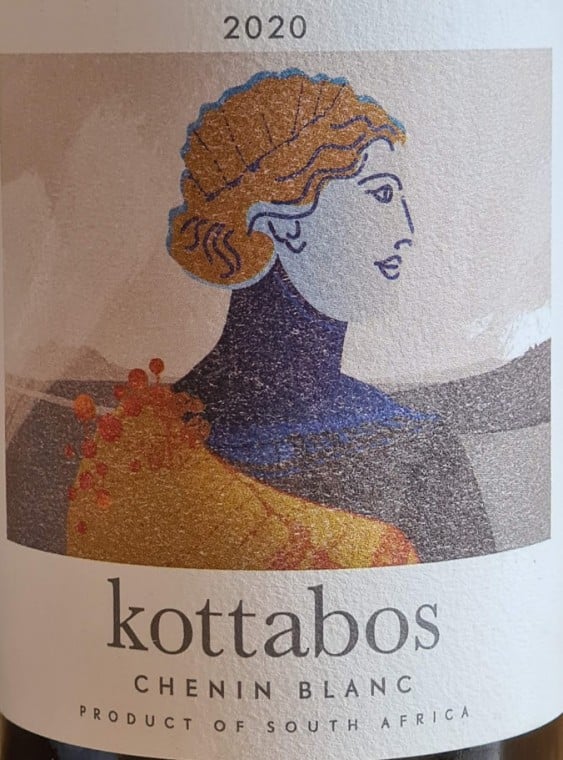Kottabos Chenin Blanc 2020
By Christian Eedes, 22 March 2021

2
 “The duration of skin contact was extended on this Chenin Blanc to showcase its textural qualities,” reads the back label of the Kottabos 2020 as made by Boschkloof’s Reenen Borman, juice left to settle for 24 hours after pressing.
“The duration of skin contact was extended on this Chenin Blanc to showcase its textural qualities,” reads the back label of the Kottabos 2020 as made by Boschkloof’s Reenen Borman, juice left to settle for 24 hours after pressing.
This extra maceration works well. The wine is amber in colour and the aromatics are deep for such a young wine – naartjie, orange, potpourri and ginger. The palate, meanwhile, is very flavourful with some nice grip to the finish. It’s immensely drinkable rather than rustic or rough. Price: R185 a bottle.
CE’s rating: 91/100.
Check out our South African wine ratings database.
Help us out. If you’d like to show a little love for independent media, we’d greatly appreciate it. To make a financial contribution, click here. Invoice available upon request – contact info@winemag.co.za








GillesP | 27 March 2021
Bought this week and tasted last night. First impression: dry as a bone. Very mineral and pure. Must be perhaps unfiltered and very natural winemaking. I have huge respect for Reenen Borman. This wine is not what I expected and perhaps not for me but many people will love it.
Larry Jacobs | 27 March 2021
Great to talk textural white wines. Only a decade ago these very same wines were being fined and stripped of any hint of phenolic texture. Especially here in Australia. But fortunately, this is now all changing with specific white varieties being celebrated for that sexy textural rub in a long appealing tail. And I personally believe that this allows these wines to stand up to and embrace a much wider range of food pairings, as well as permitting these wines to age better and longer.
I just wish that there would be more discussion around what actually constitutes texture in a white wine.
Definitely phenolics, but also the acidity and to some extent the spice/ pepper.
Then there’s ‘mouth feel’ which I believe is perhaps the overall combined impact that all these textural elements have on the palate.
I, however, do not feel that the unctuous, glycerol-like sensation that some wines have (such as a French Pinot Gris) should be considered as ‘texture’. In many ways, this is anti-texture. Imagine what a spilled bucket of glycerol would do if it landed up on a rough, textured surface…
But let’s have the discussion!